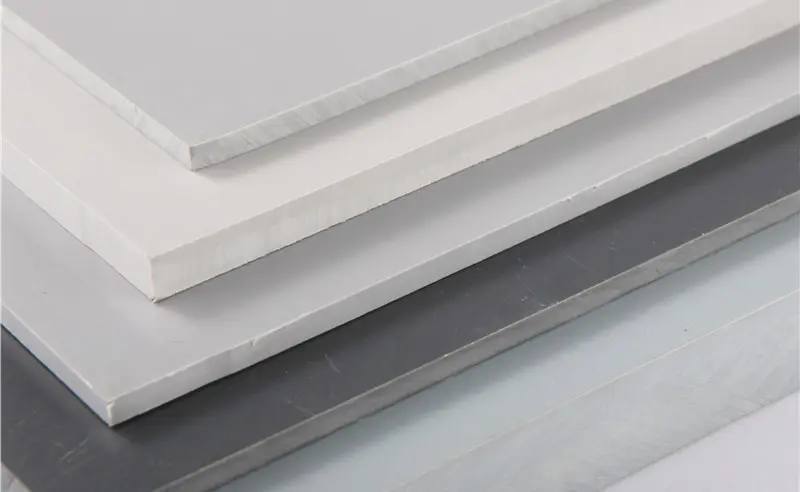Dec . 15, 2024 19:47 Back to list
waste pipe fittings
Understanding Waste Pipe Fittings A Comprehensive Overview
Waste pipe fittings are an essential component in any plumbing system, facilitating the safe and efficient disposal of wastewater from various appliances and fixtures. Understanding these fittings is crucial for anyone involved in renovation, construction, or maintenance of plumbing systems. This article will delve into the types, materials, installation, and maintenance of waste pipe fittings, highlighting their importance in a well-functioning plumbing system.
Types of Waste Pipe Fittings
Waste pipe fittings come in a variety of types, each designed for specific functions within a plumbing system. The most common types include
1. Elbows These fittings are used to change the direction of the pipe, typically available in angles of 45 or 90 degrees. They are essential for navigating corners and changes in elevation.
2. Tees A tee fitting allows for the connection of three pipes, facilitating the branching of a waste line. It is instrumental in creating a network of pipes that efficiently transport wastewater to a drain.
3. Couplings These fittings are used to join two pieces of pipe together. They ensure a snug fit, preventing leaks and maintaining the flow of wastewater.
4. Adapters Adapters allow for the connection of different pipe types or sizes, making them versatile tools in a plumbing arsenal.
5. P-Traps P-traps are essential for preventing sewer gases from entering buildings. They hold a small amount of water that acts as a barrier, ensuring that foul odors are contained.
6. Cleanouts These fittings provide access points to plumbing lines, allowing for easy cleaning and maintenance. They ensure that clogs can be cleared without dismantling large sections of piping.
waste pipe fittings

Materials Used in Waste Pipe Fittings
Waste pipe fittings are constructed from various materials, each offering specific benefits
- PVC (Polyvinyl Chloride) Widely used due to its lightweight, corrosion-resistant nature, PVC is the preferred material for residential plumbing applications. It is easy to install and is less expensive compared to metals.
- ABS (Acrylonitrile Butadiene Styrene) Known for its strength and impact resistance, ABS is another plastic commonly used for waste pipe fittings. It is particularly favored in certain regions due to its ability to perform well in colder temperatures.
- Metal Copper and galvanized steel fittings are commonly used in commercial applications where durability and strength are paramount. However, metal fittings can be more expensive and are prone to corrosion over time.
Installation and Maintenance
Proper installation of waste pipe fittings is crucial for ensuring a leak-free system. It typically involves measuring and cutting pipes accurately, applying the appropriate adhesive (for plastic fittings), and securing the connections tightly. It is vital to follow local plumbing codes and regulations to ensure safety and functionality.
Maintenance of waste pipe fittings involves regular inspections to check for signs of leaks, corrosion, or blockages. Homeowners should also be aware of common issues such as slow draining sinks or foul odors, which could indicate a problem with the waste pipe system. Cleaning the P-traps and using appropriate drain cleaners can help maintain flow and prevent clogs.
Conclusion
Waste pipe fittings are a fundamental aspect of plumbing systems, playing a crucial role in managing wastewater. Understanding the various types, materials, and maintenance practices associated with these fittings can empower homeowners and professionals alike to ensure their plumbing systems function optimally. Whether it's a simple DIY project or a complex installation, recognizing the importance of waste pipe fittings is key to achieving a reliable and efficient plumbing infrastructure. Investing time in learning about these components not only enhances your plumbing knowledge but also encourages responsible maintenance practices that can save money and prevent costly repairs in the long run.
-
Durable PP Rigid Sheet: Lightweight, Chemical Resistant Solutions
NewsAug.21,2025
-
PVC Grey Sheet for Extraction: Chemical Resistant & Durable
NewsAug.19,2025
-
Durable PVC Pipe Fittings for Plumbing & Irrigation Needs
NewsAug.18,2025
-
HDPE Steel Belt Reinforced Spiral Corrugated Pipe | High Strength
NewsAug.17,2025
-
HDPE Pipe Fittings: Durable, Leak-Proof Solutions
NewsAug.16,2025
-
Premium CPVC Sheet: High-Temp & Chemical Resistant Solutions
NewsAug.15,2025

